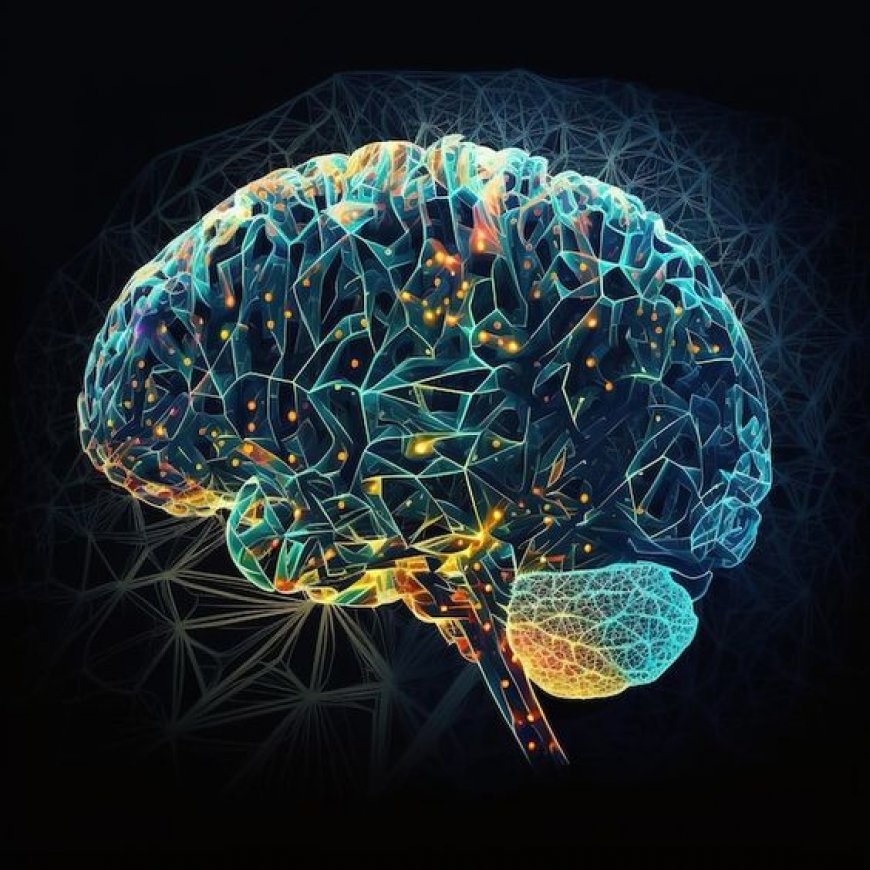How the brain switches between daydreaming and reality
How the brain switches between daydreaming and reality

When we daydream, we must be able to snap back to attention at a moment's notice. Researchers at Boston Children's Hospital uncovered how our brains can do things like react to a question when we're daydreaming: firing activity in part of the brain called the dentate gyrus keeps us focused on what's happening in our environment. And the team found that the same neural activity also helps with forming memories. The findings were published in Nature on March 13, 2024.

It's known that during sleep or periods of daydreaming, our brains replay past events in a form of synchronized activity known as the "sharp-wave ripple." This enables us to consolidate our memories.
Analyzing data from a mouse model, Farrell and colleagues from the laboratory of Ivan Soltesz, PhD, at Stanford University began exploring another, little-known neuronal activity pattern: synchronized spikes of firing in the dentate gyrus, part of the hippocampus. These spikes, they found, occur when an "offline" brain is aroused. They may help us quickly process new information and orient ourselves to what's happening in our environment.
But dentate spikes also seem to promote associative memory -; in which a sensory stimulus (say, a series of loud beeps) is stored as a memory, so that we come to associate the noise with a smoke alarm going off and the possible need to evacuate.
Sharp-wave ripples and dentate spikes may have complementary roles, Farrell says. "The brain is toggling through these two states."
This new knowledge about dentate spikes could open windows into some neuropsychiatric disorders. Perhaps dentate spikes affect attention and arousal in people with attention-deficit/hyperactivity disorder or post-traumatic stress disorder. Or maybe they are altered in Alzheimer's disease, disrupting formation of new memories.
Farrell is most interested in epilepsy, which is marked by synchronized spikes of excessive neuron firing. He plans to investigate the role of dentate spikes by better understanding their basic mechanisms and then manipulating the neural networks that control dentate spikes in the brains of epileptic mice. He also hopes to extend the study to children with epilepsy, in collaboration with clinicians at Boston Children's.
"In people with epilepsy, the synchronous activity during dentate spikes could tip the brain into a pathological state," Farrell speculates. "The dentate spikes add an extra push to the system."

 Phương Nhung
Phương Nhung 





